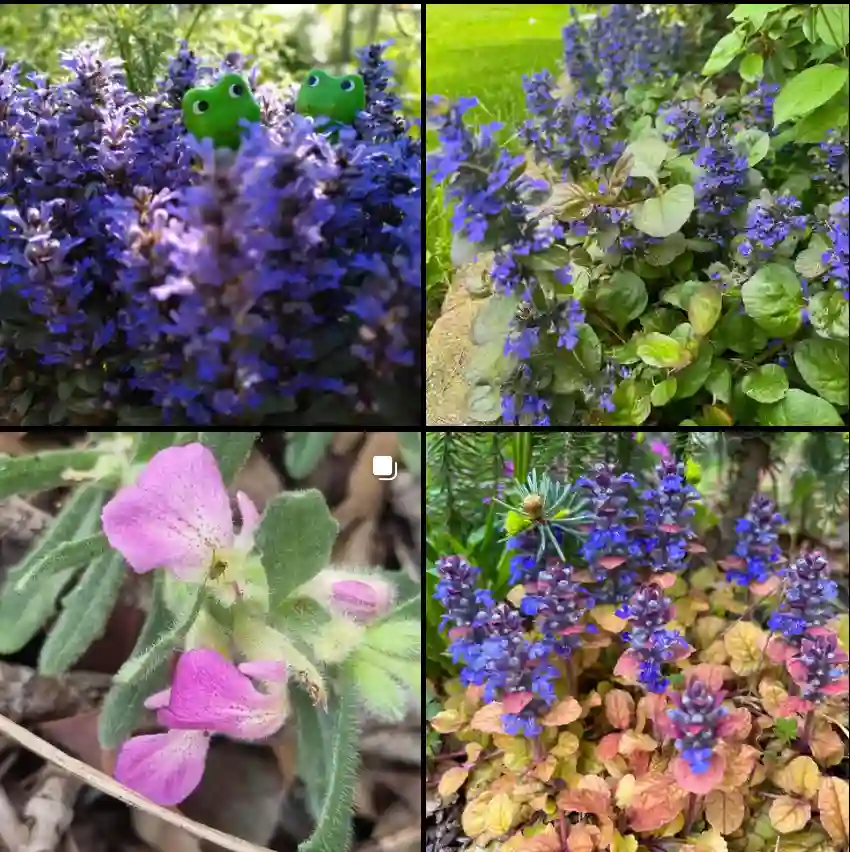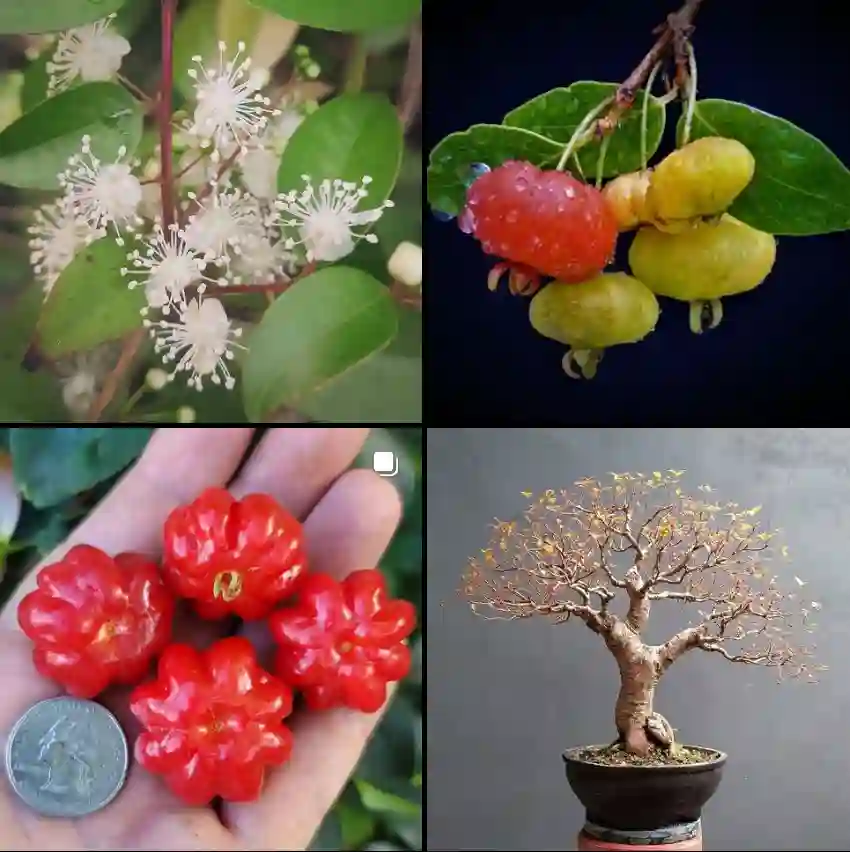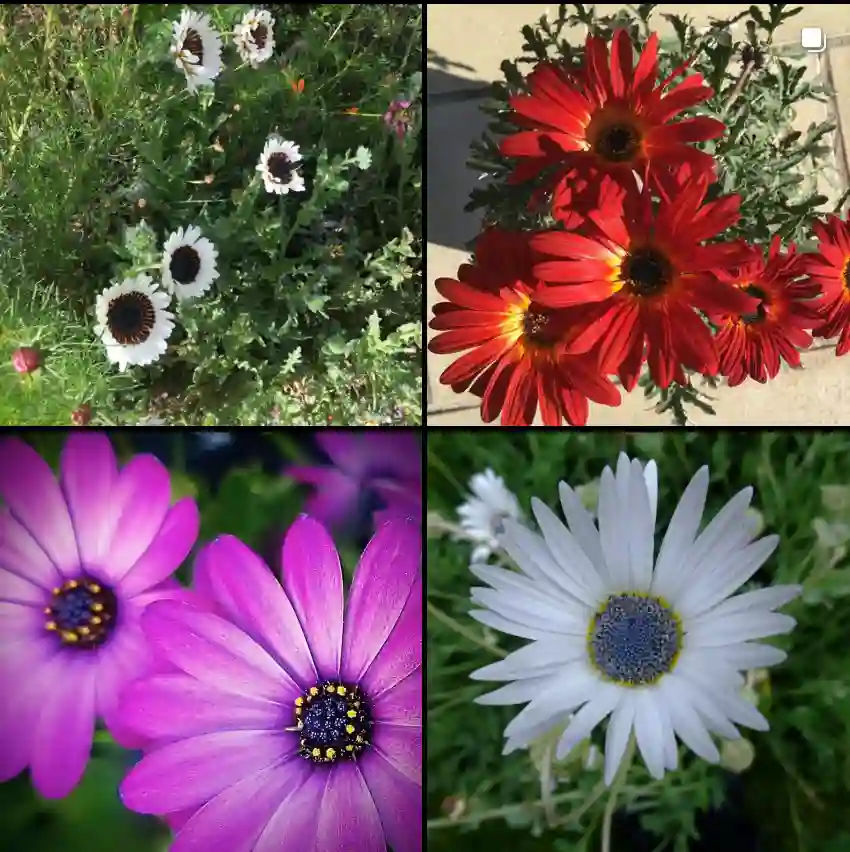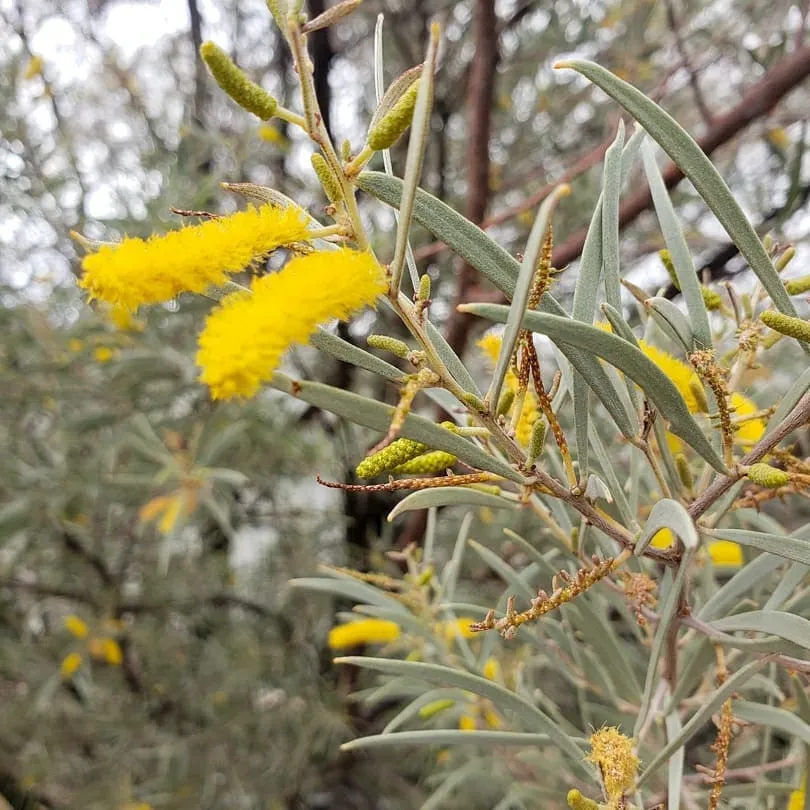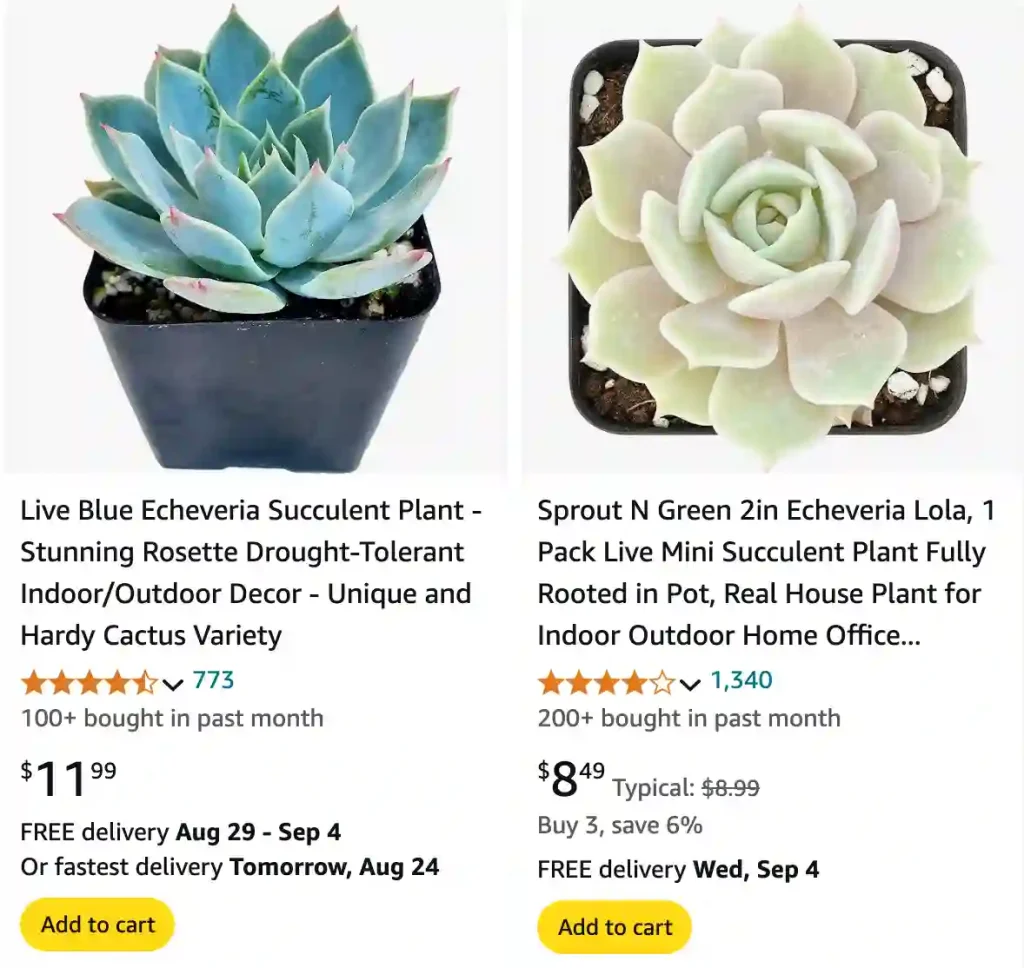
December 4 – Echeveria
"Echeveria, the succulent beauty, represents December 4."
Echeveria symbolizes resilience and adaptability. You thrive in any environment and can withstand even the toughest of times. Like its fleshy leaves, you are strong, beautiful, and self-sufficient.
Echeveria: My Fascination with these Living Sculptures
As an avid plant enthusiast, I, Ferb Vu, have always been drawn to the captivating beauty and diversity of succulents. Among them, the genus Echeveria holds a special place in my heart. These rosette-forming succulents belong to the Crassulaceae family, with their mesmerizing symmetry and captivating colors, never cease to amaze me. They are like living sculptures, each one a unique masterpiece of nature.
The Allure of Echeveria
What is it about Echeveria that makes them so captivating? For me, it’s their remarkable ability to evoke a sense of tranquility and wonder. Their fleshy leaves, arranged in intricate spirals, seem to defy the harsh conditions they often inhabit. Their colors, ranging from soft blues and greens to vibrant pinks and purples, add a touch of artistry to any space. And their resilience, their ability to thrive with minimal care, makes them ideal companions for both seasoned gardeners and beginners alike.
A Diverse Genus
The genus Echeveria boasts a remarkable diversity, with over 200 recognized species. Each species has its own unique characteristics, making the collection and cultivation of these plants a rewarding pursuit.
- Echeveria acutifolia Lindl.
- Echeveria affinis E.Walther
- Echeveria agavoides Lem. Plant FAQs: Echeveria Agavoides
- Echeveria alata Alexander
- Echeveria alpina E.Walther
- Echeveria amoena De Smet ex É.Morren
- Echeveria amphoralis E.Walther
- Echeveria andicola Pino
- Echeveria andreae J.Reyes & L.E.Cruz-López
- Echeveria angustifolia E.Walther
- Echeveria argentinensis Hutchison ex Pino, R.Kiesling, W.Ale & Marquiegui
- Echeveria atropurpurea (Baker) É.Morren
- Echeveria aurantiaca J.Reyes, O.González & Brachet
- Echeveria australis Rose
- Echeveria bakeri Kimnach
- Echeveria ballsii E.Walther
- Echeveria bella Alexander
- Echeveria bicolor (Kunth) E.Walther
- Echeveria bifida Schltdl.
- Echeveria bifurcata Rose
- Echeveria brachetii J.Reyes & O.González
- Echeveria calderoniae Pérez-Calix
- Echeveria canaliculata Hook.f.
- Echeveria cante Glass & Mend.-Garc.
- Echeveria carminea Alexander
- Echeveria carnicolor (Baker) É.Morren
- Echeveria cerrograndensis A.Vázquez & Nieves
- Echeveria chapalensis Moran & C.H.Uhl
- Echeveria chazaroi Kimnach
- Echeveria chiapensis Rose ex Poelln.
- Echeveria chiclensis (Ball) A.Berger
- Echeveria chihuahuaensis Poelln.
- Echeveria chilonensis (Kuntze) E.Walther
- Echeveria coccinea (Cav.) DC.
- Echeveria cojitambensis Pino & Kabir Montesinos
- Echeveria colorata E.Walther
- Echeveria compressicaulis Eggli & N.P.Taylor
- Echeveria coppii Moran ex Gideon F.Sm. & Bischofb.
- Echeveria cornuta E.Walther
- Echeveria coruana I.García, D.Valentín & Costea
- Echeveria craigiana E.Walther
- Echeveria crassicaulis E.Walther
- Echeveria crenulata Rose
- Echeveria cuscoensis Pino, W.Galiano & P.Nuñez
- Echeveria cuspidata Rose
- Echeveria dactylifera E.Walther
- Echeveria decumbens Kimnach
- Echeveria deltoidea Pino & Vilcapoma
- Echeveria derenbergii J.A.Purpus
- Echeveria desmetiana De Smet ex É.Morren Plant FAQs: Echeveria Desmetiana
- Echeveria diffractens Kimnach & A.B.Lau
- Echeveria elatior E.Walther
- Echeveria elegans Rose Plant FAQs: Echeveria Elegans – Mexican Snow Ball
- Echeveria erubescens E.Walther
- Echeveria eurychlamys (Diels) A.Berger
- Echeveria excelsa (Diels) A.Berger
- Echeveria fimbriata C.H.Thomps.
- Echeveria flammigera Rosales
- Echeveria fruticosa Pino
- Echeveria fulgens Lem.
- Echeveria gibbiflora DC.
- Echeveria gigantea Rose & Purpus
- Echeveria globuliflora E.Walther
- Echeveria globulosa Moran
- Echeveria goldmanii Rose
- Echeveria gracilis Rose ex E.Walther
- Echeveria grandifolia Haw.
- Echeveria grisea E.Walther
- Echeveria guatemalensis Rose
- Echeveria gudeliana Véliz & García-Mend.
- Echeveria halbingeri E.Walther
- Echeveria harmsii J.F.Macbr. Plant FAQs: Ruby Slippers Succulent – Echeveria Harmsii
- Echeveria helmutiana Kimnach
- Echeveria heterosepala Rose
- Echeveria humilis Rose
- Echeveria hyalina E.Walther
- Echeveria incaica Pino, Alcalá & Marquiegui
- Echeveria intiwayta Pino & Payano
- Echeveria islasiae J.Reyes & L.E.Cruz-López
- Echeveria juarezensis E.Walther
- Echeveria juliana J.Reyes, O.González & Kristen
- Echeveria kimnachii J.Meyrán & Vega
- Echeveria krahnii Kimnach
- Echeveria kristenii L.E.Cruz-López & J.Reyes
- Echeveria laresensis Pino & Kamm
- Echeveria laui Moran & J.Meyrán Plant FAQs: Echeveria Laui
- Echeveria lilacina Kimnach & Moran Plant FAQs: Echeveria Lilacina
- Echeveria longiflora E.Walther
- Echeveria longipes E.Walther
- Echeveria longissima E.Walther
- Echeveria lozanoi Rose
- Echeveria lurida Haw.
- Echeveria lutea Rose
- Echeveria lyonsii Kimnach
- Echeveria macdougallii E.Walther
- Echeveria macrantha Standl. & Steyerm.
- Echeveria marianae I.García & Costea
- Echeveria maxonii Rose
- Echeveria megacalyx E.Walther
- Echeveria meyraniana E.Walther
- Echeveria michihuacana L.E.Cruz-López, Reyes & Verg.-Silva
- Echeveria microcalyx Britton & Rose
- Echeveria minima J.Meyrán
- Echeveria mondragoniana J.Reyes & Brachet
- Echeveria montana Rose
- Echeveria moranii E.Walther
- Echeveria mucronata Schltdl.
- Echeveria multicaulis Rose
- Echeveria multicolor C.H.Uhl
- Echeveria munizii Padilla-Lepe & A.Vázquez
- Echeveria nayaritensis Kimnach
- Echeveria nebularum Moran & Kimnach
- Echeveria nodulosa (Baker) Ed.Otto Plant FAQs: Echeveria Nodulosa – Painted Echeveria
- Echeveria novogaliciana J.Reyes, Brachet & O.González
- Echeveria nuda Lindl.
- Echeveria nuyooensis J.Reyes & Islas
- Echeveria ochoae Pino & W.Galiano
- Echeveria olivacea Moran
- Echeveria omiltemiana Matuda
- Echeveria oreophila Kimnach
- Echeveria ostolazae Pino, Alcalá & Marquiegui
- Echeveria pallida E.Walther
- Echeveria palmeri Rose
- Echeveria paniculata A.Gray
- Echeveria papillosa Kimnach & C.H.Uhl
- Echeveria patriotica I.García & Pérez-Calix
- Echeveria penduliflora E.Walther
- Echeveria pendulosa Kimnach & C.H.Uhl
- Echeveria perezcalixii Jimeno-Sevilla & P.Carrillo
- Echeveria peruviana Meyen
- Echeveria pilosa J.A.Purpus
- Echeveria pinetorum Rose
- Echeveria pistioides I.García, I.Torres & Costea
- Echeveria pittieri Rose
- Echeveria platyphylla Rose
- Echeveria potosina E.Walther
- Echeveria pringlei (S.Watson) Rose
- Echeveria procera Moran
- Echeveria prolifica Moran & J.Meyrán
- Echeveria proxima E.Walther
- Echeveria prunina Kimnach & Moran
- Echeveria pubescens Schltdl.
- Echeveria pulidonis E.Walther Plant FAQs: Echeveria Pulidonis
- Echeveria pulvinata Rose
- Echeveria purhepecha I.García
- Echeveria purpusiorum A.Berger
- Echeveria quitensis (Kunth) Lindl.
- Echeveria racemosa Schltdl. & Cham.
- Echeveria rauschii Keppel
- Echeveria reglensis E.Walther
- Echeveria rodolfoi Mart.-Aval. & Mora-Olivo
- Echeveria rosea Lindl.
- Echeveria roseiflora J.Reyes & O.González
- Echeveria rubromarginata Rose
- Echeveria rulfiana Jimeno-Sevilla, Santana Mich. & P.Carrillo
- Echeveria runyonii Rose Plant FAQs: Echeveria Runyonii
- Echeveria saltensis Pino, W.Ale & Marquiegui
- Echeveria × sayulensis E.Walther
- Echeveria schaffneri (S.Watson) Rose
- Echeveria scheeri Lindl.
- Echeveria secunda Booth ex Lindl.
- Echeveria semivestita Moran
- Echeveria sessiliflora Rose
- Echeveria setosa Rose & Purpus Plant FAQs: Echeveria Setosa – Woolly Rose
- Echeveria shaviana E.Walther
- Echeveria skinneri E.Walther
- Echeveria sonianevadensis A.Vázquez, Jimeno-Sevilla & I.García
- Echeveria spectabilis Alexander
- Echeveria steyermarkii Standl.
- Echeveria stolonifera (Baker) Ed.Otto
- Echeveria strictiflora A.Gray
- Echeveria subalpina Rose & Purpus
- Echeveria subcorymbosa Kimnach & Moran
- Echeveria subrigida (B.L.Rob. & Seaton) Rose
- Echeveria tabaconasensis Pino & Novoa
- Echeveria tamaulipana Mart.-Aval., Mora-Olivo & M.Terry
- Echeveria tencho Moran & C.H.Uhl
- Echeveria tenuifolia E.Walther
- Echeveria tenuis Rose
- Echeveria teretifolia DC.
- Echeveria tobarensis (Rose) A.Berger
- Echeveria tolimanensis Matuda
- Echeveria tolucensis Rose
- Echeveria trianthina Rose
- Echeveria triquiana J.Reyes & Brachet
- Echeveria turgida Rose
- Echeveria uhlii J.Meyrán
- Echeveria unguiculata Kimnach
- Echeveria utcubambensis Hutchison ex Kimnach
- Echeveria uxorum Jimeno-Sevilla & Cházaro
- Echeveria vanvlietii Keppel
- Echeveria violescens E.Walther
- Echeveria viridissima E.Walther
- Echeveria vulcanicola Pino, Montesinos & Matusz.
- Echeveria walpoleana Rose
- Echeveria waltheri Moran & J.Meyrán
- Echeveria westii E.Walther
- Echeveria whitei Rose
- Echeveria wurdackii Hutchison ex Kimnach
- Echeveria xichuensis L.G.López & J.Reyes
- Echeveria xochipalensis J.Reyes, L.E.Cruz-López & Verg.-Silva
- Echeveria zorzaniana J.Reyes & Brachet
How to Propagate Echeveria?
Propagating Echeveria is a straightforward process that can be both fun and rewarding. You can propagate them through leaves or offsets. To propagate from leaves, gently twist a healthy leaf from the base of the rosette, making sure you get a clean break. Allow the leaf to callous over for a few days, then place it on well-draining soil. Water sparingly until you see roots and new growth. Offsets, or the small rosettes that grow around the main plant, can also be separated and planted in their own pots.
Is Echeveria Toxic to Cats?
Echeveria is non-toxic to cats. However, it’s always a good idea to monitor your pets around plants, as ingestion of any plant material can sometimes cause digestive upset.
How to Care for Echeveria?
Caring for Echeveria involves understanding their basic needs. These succulents thrive in well-draining soil and prefer a pot with drainage holes. They should be watered infrequently—usually every two weeks during the growing season and even less in winter. Echeveria prefers bright, indirect sunlight. Too much direct sunlight can scorch the leaves.
Why Is My Echeveria Drooping?
Drooping in Echeveria can be a sign of overwatering or underwatering. Overwatered Echeveria will often have mushy, soft leaves and a soggy soil. On the other hand, if the plant isn’t getting enough water, its leaves may become wrinkled and limp. Adjust your watering schedule accordingly and ensure the pot has proper drainage.
How Do Echeveria Reproduce Asexually?
Echeveria can reproduce asexually through offsets. These are small rosettes that form at the base of the main plant. These offsets can be separated once they have developed their own roots and replanted to grow new plants. Leaf cuttings can also be used for propagation, as described earlier.
How Often to Water Echeveria?
Watering Echeveria should be done sparingly. Allow the soil to dry out completely between waterings. During the active growing season (spring and summer), you might need to water every 10-14 days. In the winter, reduce watering to once a month or even less, depending on your home’s humidity and temperature.
Does Echeveria Need Direct Sunlight?
While Echeveria enjoys bright light, direct sunlight can be too intense and may cause leaf burn. Ideally, they should receive bright, indirect sunlight. A south or east-facing window is usually perfect for these succulents. If grown outdoors, provide some shade during the hottest part of the day.
How Big Do Echeveria Grow?
Echeveria plants vary in size depending on the species. Generally, they can grow from 4 to 12 inches across. Some varieties, like Echeveria ‘Lola,’ tend to stay smaller, while others, like Echeveria ‘Black Prince,’ can grow larger rosettes.
How to Repot Echeveria?
Repotting Echeveria is needed when the plant outgrows its pot or the soil becomes exhausted. Choose a pot that is slightly larger than the current one and has drainage holes. Gently remove the plant from its old pot, shake off excess soil, and place it in the new pot with fresh, well-draining succulent soil. Water lightly after repotting to help the plant adjust.
Is Echeveria Toxic to Dogs?
No, Echeveria is not toxic to dogs. Similar to cats, dogs can nibble on these plants without serious health risks, but it’s still best to keep them away from your pets to avoid any potential digestive issues.
Are Echeveria Monocarpic?
Most Echeveria species are not monocarpic. They continue to grow and produce offsets over time. However, some may eventually flower, after which the main rosette may die, but new offsets will continue to thrive.
Are Echeveria Perennial?
Yes, Echeveria are perennials. They can live for many years, provided they receive the right care and conditions. They continue to grow and produce offsets, making them a long-term addition to your plant collection.
Can Echeveria Grow in Shade?
Echeveria prefers bright light and does not grow well in deep shade. While they can tolerate some shade, especially in hot climates, they will not thrive as well as they do in bright, indirect light.
Echeveria vs Sempervivum
Echeveria and Sempervivum, also known as Hens and Chicks, are often confused but have distinct differences. Echeveria generally has smoother, more rounded leaves and comes in a wide range of colors. Sempervivum, on the other hand, typically has more pointed leaves and forms dense rosettes that are more resilient to cold.
Echeveria vs Aeonium
Echeveria and Aeonium both have rosette shapes, but Aeonium leaves are typically thicker and can be more upright. Aeonium is also more tolerant of direct sunlight compared to Echeveria, which prefers bright, indirect light.
Echeveria vs Graptopetalum
Echeveria and Graptopetalum are closely related and often confused. Graptopetalum, however, tends to have a more transparent, waxy appearance and can tolerate a bit more neglect in terms of watering compared to Echeveria.
Echeveria vs Graptoveria
Graptoveria is a hybrid between Echeveria and Graptopetalum. It combines characteristics from both parents, often resulting in plants with a wider range of colors and leaf shapes. Graptoveria tends to be more forgiving in terms of watering and care compared to pure Echeveria.
Echeveria vs Hens and Chicks
While both Echeveria and Hens and Chicks are succulents with rosette shapes, Hens and Chicks form larger, denser clusters of rosettes. Echeveria generally has a more solitary growth habit and offers a broader color palette.
Echeveria succulents are beautiful and versatile plants that can enhance any indoor or outdoor garden. By understanding their needs and characteristics, you can ensure they thrive and add a touch of elegance to your plant collection.
If i die, water my plants!
